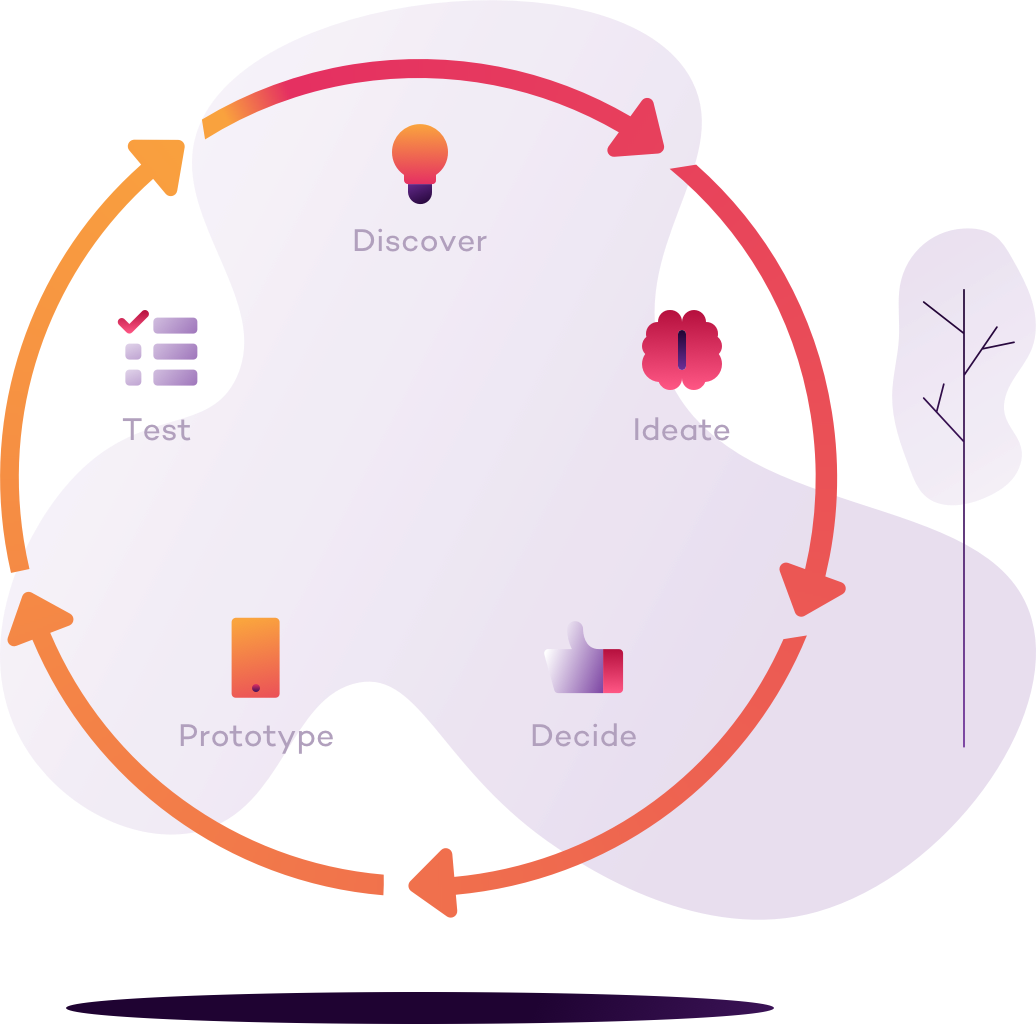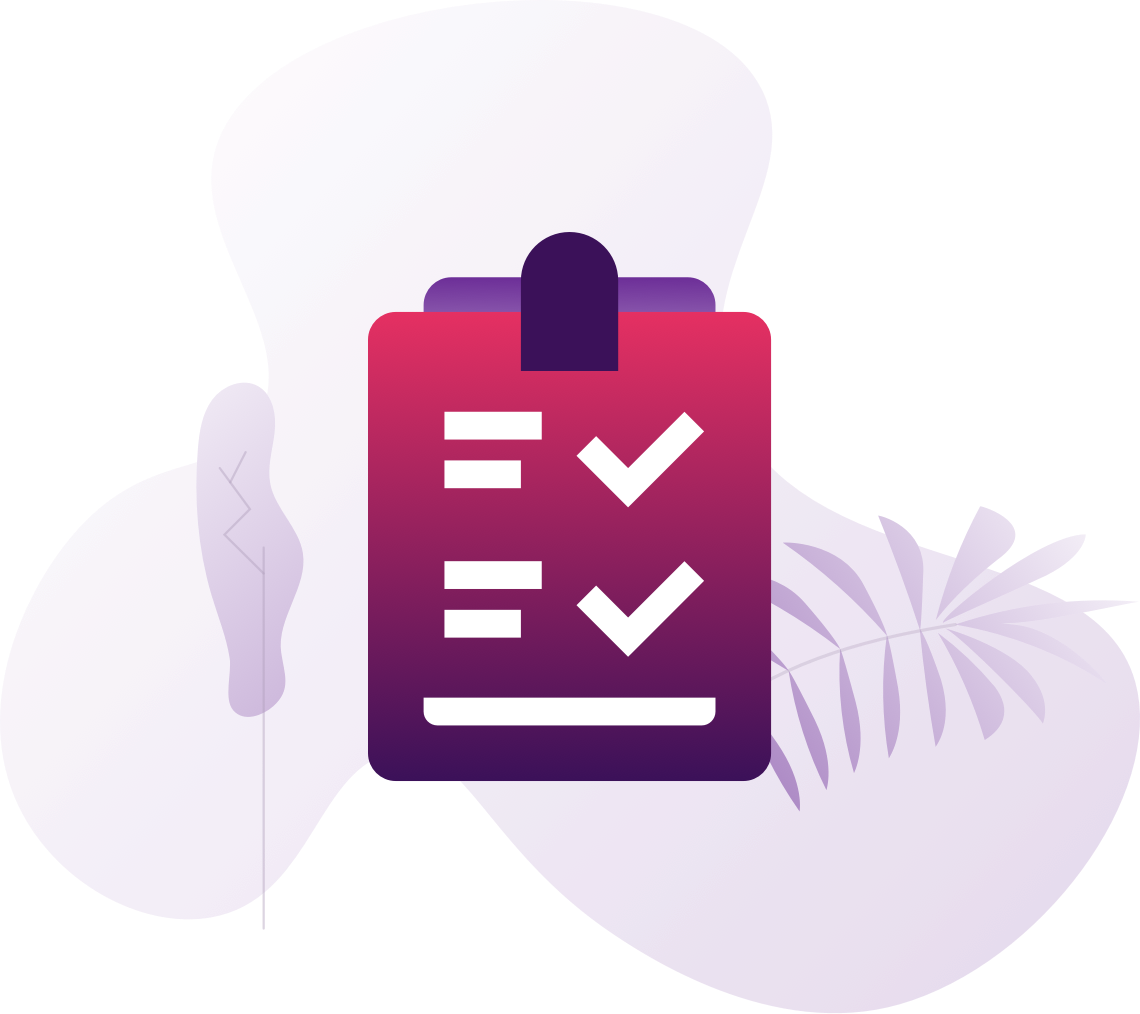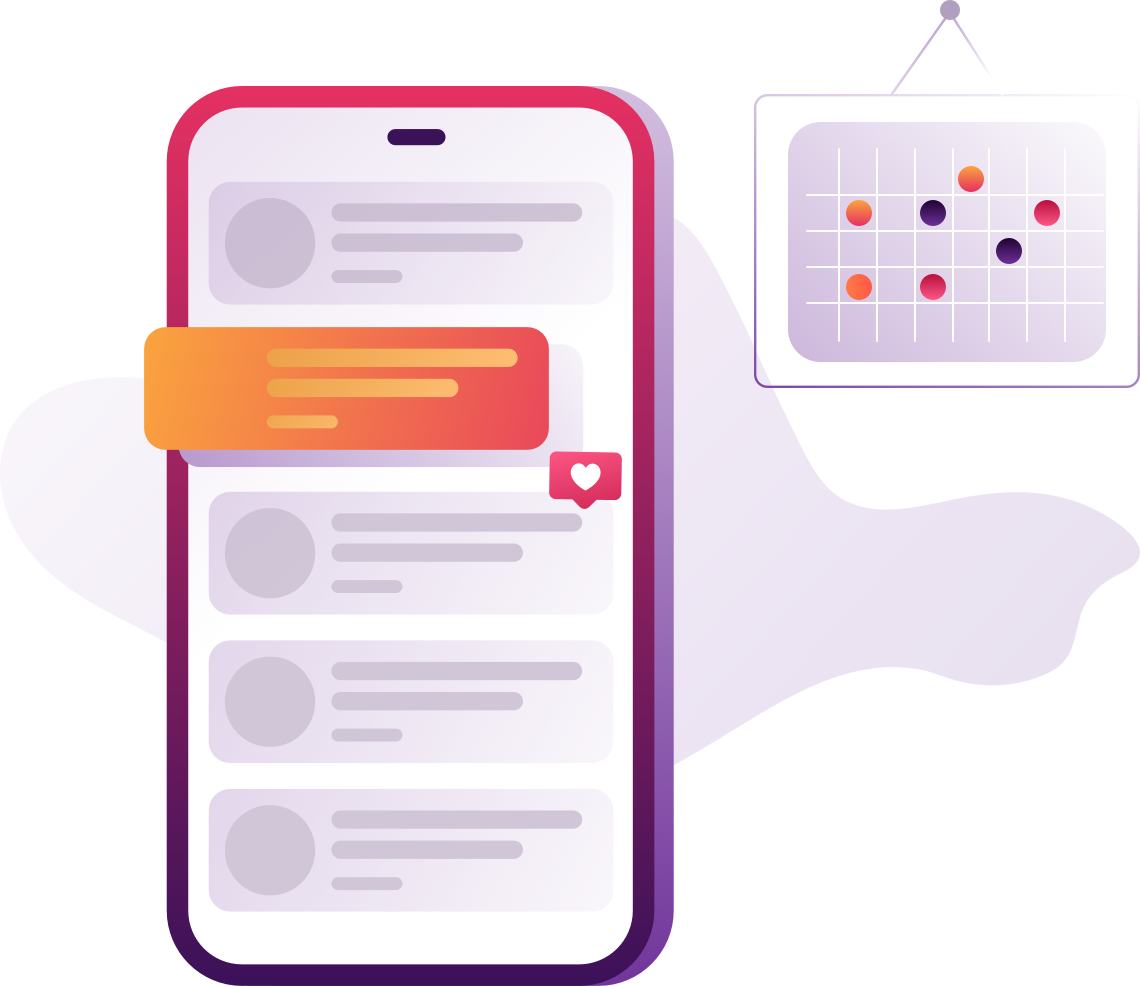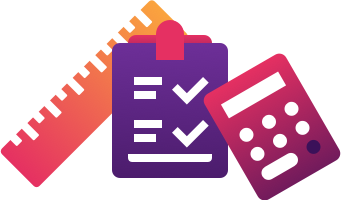- Unlock the power of teamwork through rapid prototyping techniques and user validated decision making
- Accelerate decision making
- Build empathy with your end users
- Break down the problem, fast!
- Gain alignment within your team
- Break the circle of debate around the next best feature or the next MVP to test
- Reduce the risk in building features or products your users don’t want or need
- Gain time and build a better product mid- and long-term
- Save budget through early product testing
Discover
Discover and understand the facets of the problem you’re looking to solve











